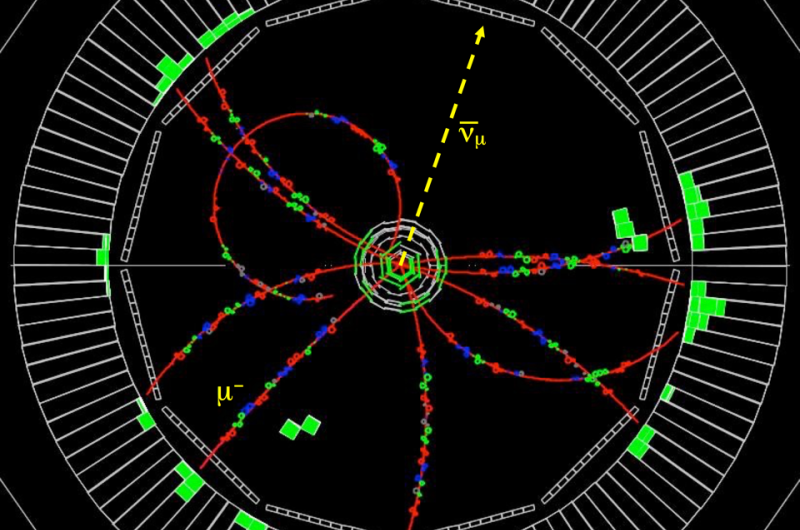Physicists review three experiments that hint at a phenomenon beyond the Standard Model of particle physics

To anyone but a physicist, it sounds like something out of "Star Trek." But lepton universality is a real thing.
It has to do with the Standard Model of particle physics, which describes and predicts the behavior of all known particles and forces, except gravity. Among them are charged leptons: electrons, muons and taus.
A fundamental assumption of the Standard Model is that the interactions of these elementary particles are the same despite their different masses and lifetimes. That's lepton universality. Precision tests comparing processes involving electrons and muons have not revealed any definite violation of this assumption, but recent studies of the higher-mass tau lepton have produced observations that challenge the theory.
A new review of results from three experiments points to the strong possibility that lepton universality—and perhaps ultimately the Standard Model itself—may have to be revised. The findings by a team of international physicists, including UC Santa Barbara postdoctoral scholar Manuel Franco Sevilla, appear in the journal Nature.
"As part of my doctoral thesis at Stanford, which was based on earlier work carried out at UCSB by professors Jeff Richman and Michael Mazur, we saw the first significant observation of something beyond the Standard Model at the BaBaR experiment conducted at the SLAC National Accelerator Laboratory," Franco Sevilla said. This was significant but not definitive, he added, noting that similar results were seen in more recent experiments conducted in Japan (Belle) and in Switzerland (LHCb). According to Franco Sevilla, the three experiments, taken together, demonstrate a stronger result that challenges lepton universality at the level of four standard deviations, which indicates a 99.95 percent certainty.
BaBaR, which stands for B-Bbar (anti-B) detector, and Belle were carried out in B factories. These particle colliders are designed to produce and detect B mesons—unstable particles that result when powerful particle beams collide—so their properties and behavior can be measured with high precision in a clean environment. The LHCb (Large Hadron Collider b) provided a higher-energy environment that more readily produced B mesons and hundreds of other particles, making identification more difficult.
Nonetheless, the three experiments, which measured the relative ratios of B meson decays, posted remarkably similar results. The rates for some decays involving the heavy lepton tau, relative to those involving the light leptons—electrons or muons—were higher than the Standard Model predictions.
"The tau lepton is key because the electron and the muon have been well measured," Franco Sevilla explained. "Taus are much harder because they decay very quickly. Now that physicists are able to better study taus, we're seeing that perhaps lepton universality is not satisfied as the Standard Model claims."
While intriguing, the results are not considered sufficient to establish a violation of lepton universality. To overturn this long-held physics precept would require a significance of at least five standard deviations. However, Franco Sevilla noted, the fact that all three experiments observed a higher-than-expected tau decay rate while operating in different environments is noteworthy.
A confirmation of these results would point to new particles or interactions and could have profound implications for the understanding of particle physics. "We're not sure what confirmation of these results will mean in the long term," Franco Sevilla said. "First, we need to make sure that they're true and then we'll need ancillary experiments to determine the meaning."
More information: Gregory Ciezarek et al. A challenge to lepton universality in B-meson decays, Nature (2017). DOI: 10.1038/nature22346
F. Archilli et al. Flavour-changing neutral currents making and breaking the standard model, Nature (2017). DOI: 10.1038/nature21721
Journal information: Nature
Provided by University of California - Santa Barbara





















